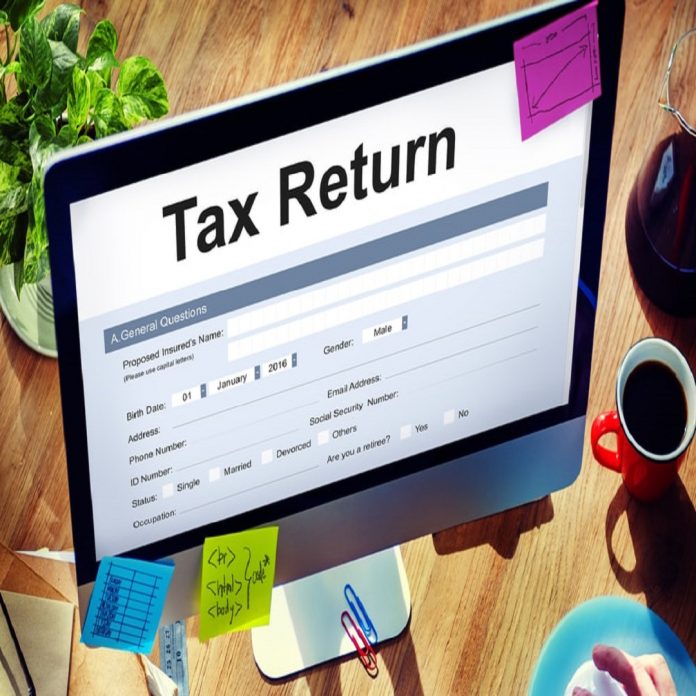NEW DELHI: Tax subtracted at source (TDS) is suitable for many types of incomes during a financial year. It is, still, crucial that you compare the TDS paid with the original tax liability during a year to evade paying taxes in excess of what you should.
“Tax is expected to be deducted at the time of payment or at the time of credit whichever is earlier. There may be situations in which deducted is more than the actual tax liability of a person. In that case, in order to maintain the amount of excess tax deducted a person is asked to file an income tax return (ITR) it would not be automatically refunded by the income tax department,” said Kapil Rana, founder, and chairman, HostBooks Ltd.
For example, if a person has sold a property worth more than ₹50 lakh, the purchaser is required to deduct a TDS at the rate of 1% (0.75% for transactions carried out from 14 May 2020 to 31 March 2021) and deposit it in the name of the seller. “After deduction of TDS, the purchaser of the property has to deposit the TDS to the government account by way of filing Form 26QB. After filing Form 26QB, the purchaser is expected to issue the TDS certificate in Form 16B to the seller. Thus, if the seller has to claim back the TDS so deducted by the purchaser under Section 194IA, he requires to furnish Form 16B,” said Harsh Bhuta, partner of Bhuta Shah & Co LLP.
ALSO CHECK: Get an amazing discount with 1mg Coupon Code and Mamaearth Coupons
There are several incomes on which TDS is suitable under different sections of the income tax act such as salary income, interest income, payment of rent by certain people. TDS details are specified in the Form 26AS of a taxpayer.
So, before filing an income tax return one requires to carefully check the TDS reported in form 26AS.
Tax is subtracted at source at the time of payment or at the time of credit, whichever happens, earlier. At times, a higher TDS is levied in case you have received advance income for the next financial year. “As per the Income Tax Act, one can claim credit for TDS on income that is paid or accumulated in the same financial year as the TDS is deducted. However, at times one may get paid in advance, for income that may not relate to the same financial year. Then, the piece of TDS relating to the income pertaining to another financial year will have to be carried forward to the next financial year in which the income is truly earned,” said Bhuta.
In the schedule TDS/TCS of the income tax return, there is a column of unclaimed TDS/TCS brought ahead which has two sub-columns that is the financial year in which TDS/TCS was subtracted and the amount carried forward. The taxpayer can input the details in these columns.
In case you face challenges in filing a tax return on your own, take the help of tax specialists or online portals.



